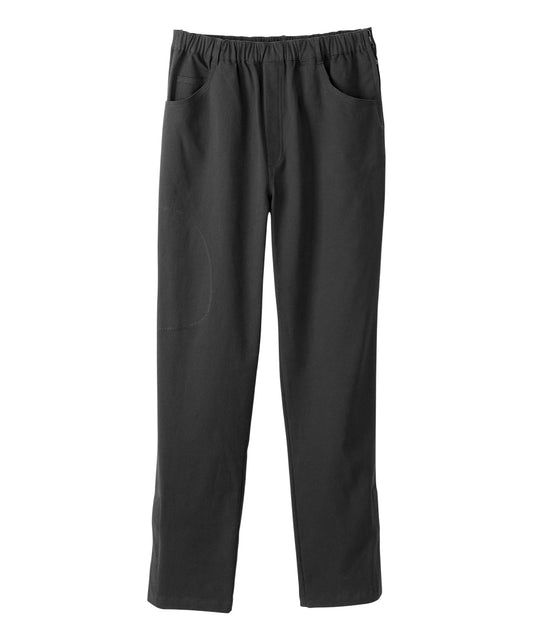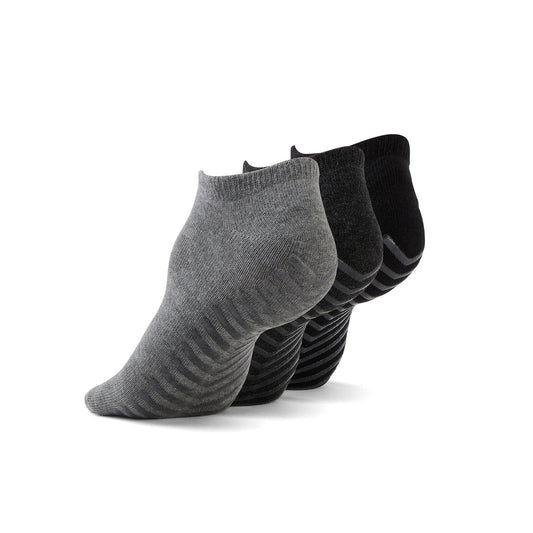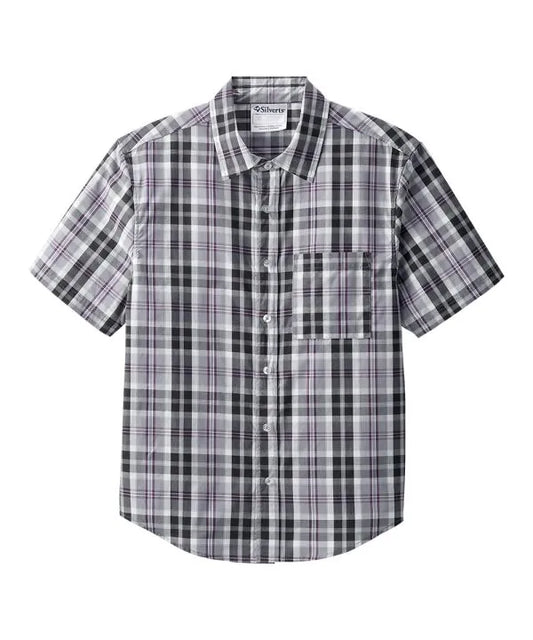Written by Eric Ye
Shoulder surgery, a branch of orthopedic surgery, has undergone remarkable advancements over the years, transforming the landscape of patient care and outcomes. The intricate structure and wide range of motion of the shoulder joint make it susceptible to various injuries and conditions that may necessitate surgical intervention. This essay delves into the evolution of shoulder surgery, highlighting key surgical procedures, technological innovations, and the impact of these advancements on patient recovery and quality of life.
Shoulder surgery recovery is a critical phase in the patient's journey towards restoring optimal functionality and quality of life. Whether the surgery is performed to address rotator cuff injuries, labral tears, or other shoulder-related issues, the recovery process plays a pivotal role in determining the success of the procedure. This comprehensive essay explores the multifaceted aspects of shoulder surgery recovery, encompassing preoperative preparation, immediate postoperative care, rehabilitation protocols, pain management strategies, psychological considerations, potential complications, and long-term outcomes. By delving into these various dimensions, we gain a deeper understanding of the intricacies involved in shoulder surgery recovery and the measures that can be taken to optimize patient outcomes.
Preoperative Preparation:
Patient Education: The journey towards successful shoulder surgery recovery begins well before the operating room. Patients should be adequately informed about the surgical procedure, expected outcomes, potential risks, and the recovery process. Educating patients empowers them to actively participate in their recovery journey, fostering a sense of responsibility and adherence to postoperative instructions.
Lifestyle Modifications: Preoperative preparation often involves making lifestyle adjustments to enhance the chances of a smooth recovery. Smoking cessation, nutritional optimization, and maintaining a healthy weight can positively impact the body's healing processes and reduce the risk of complications.
Immediate Postoperative Care:
Anesthesia and Pain Management: The immediate postoperative period is crucial for managing pain and ensuring patient comfort. Different anesthesia techniques, including regional blocks and nerve catheters, can provide effective pain relief. A multimodal pain management approach, combining medications, local anesthesia, and non-pharmacological methods, helps minimize discomfort and promote early mobilization.
Wound Care: Proper wound care is essential to prevent infection and promote healing. Surgical incisions must be kept clean and dry, and patients should adhere to the surgeon's instructions regarding dressing changes and hygiene.
Early Mobilization: Gradual and controlled movement of the shoulder joint begins shortly after surgery. Physical therapists guide patients through passive and active range-of-motion exercises to prevent stiffness and promote circulation.
Rehabilitation Protocols:
Personalized Rehabilitation Plans: Each patient's recovery journey is unique, necessitating individualized rehabilitation plans. Physical therapists collaborate with the surgical team to design tailored protocols that consider the type of surgery performed, the patient's preoperative condition, and any underlying factors that may impact recovery.
Phases of Rehabilitation: Shoulder surgery recovery typically follows a phased approach, progressing from gentle range-of-motion exercises to strengthening and functional activities. These phases ensure a gradual increase in intensity, preventing complications while gradually restoring shoulder function.
Therapeutic Modalities: Rehabilitation may incorporate a variety of therapeutic modalities, such as manual therapy, neuromuscular re-education, modalities (e.g., ultrasound, electrical stimulation), and therapeutic exercises that target specific muscle groups.
Pain Management Strategies:
Medication Management: Pain management remains a critical aspect of shoulder surgery recovery. Non-opioid pain medications, anti-inflammatory drugs, and muscle relaxants are often prescribed to manage discomfort while minimizing the risk of opioid-related complications.
Cryotherapy and Heat Therapy: The application of cold and heat can alleviate pain and reduce inflammation. Cryotherapy (cold therapy) helps control swelling and discomfort during the initial stages of recovery, while heat therapy may aid in relaxing muscles and promoting blood flow during later phases.
Mind-Body Techniques: Mindfulness meditation, deep breathing exercises, and other relaxation techniques can contribute to pain management by reducing stress and enhancing the body's natural pain-modulating mechanisms.
Psychological Considerations:
Emotional Impact: Shoulder surgery recovery can evoke a range of emotions, including anxiety, frustration, and impatience. Patients may experience temporary setbacks or plateaus in progress, affecting their emotional well-being. Acknowledging these feelings and providing psychological support can contribute to a more positive recovery experience.
Setting Realistic Expectations: Open communication between patients and healthcare providers is vital in establishing realistic expectations for recovery. Understanding that progress may vary and that the recovery journey is a gradual process helps patients stay motivated and focused.
Potential Complications:
Infection: Postoperative infections are a concern in any surgical procedure. Patients must be vigilant for signs of infection, such as increased pain, redness, swelling, or fever, and seek prompt medical attention if these symptoms arise.
Stiffness and Frozen Shoulder: Adhesive capsulitis, commonly known as frozen shoulder, is a potential complication of shoulder surgery. Early mobilization and adherence to rehabilitation protocols are key to preventing this condition.
Nerve and Blood Vessel Injury: Though rare, nerve or blood vessel injuries can occur during shoulder surgery. Surgeons take meticulous care to avoid these complications, and patients should promptly report any unusual sensations or changes in circulation.
Clothing Choices for Shoulder Surgery Recovery:
Loose-Fitting Attire: In the immediate aftermath of shoulder surgery, you may experience pain, swelling, and limited mobility. Opt for loose-fitting clothing that doesn't put pressure on the surgical site, allowing for comfort and ease of movement. Button-up shirts, oversized t-shirts, and roomy sweatpants are ideal choices.
Front-Closure Garments: Front-closure garments, such as button-up or zip-up shirts, are highly convenient as they eliminate the need to raise your arms overhead to put on or remove clothing. This minimizes strain on the healing shoulder and reduces discomfort.
Slip-On Shoes: Putting on and tying traditional shoes may be challenging during the early stages of recovery. Slip-on shoes with a cushioned sole and good arch support can make walking easier and more comfortable.
Soft and Breathable Fabrics: Choose clothing made from soft, breathable materials to prevent irritation and allow your skin to breathe. Natural fabrics like cotton and moisture-wicking materials can help manage sweat and reduce the risk of skin issues.
Dressing Techniques for Shoulder Surgery Recovery:
Assisted Dressing: While you regain your shoulder's mobility and strength, it may be helpful to have someone assist you with dressing. A caregiver or family member can help you put on and take off clothing, making the process smoother and reducing strain on your healing shoulder.
Dressing Aids: Various dressing aids are available to make the process easier, such as dressing sticks, long-handled shoehorns, and elastic shoelaces. These tools allow you to manipulate clothing and footwear without excessive arm movement.
Adaptive Clothing Options:
Adaptive Shirts: Adaptive shirts are designed with features like magnetic or Velcro closures, making them easy to put on and remove without raising your arms. These shirts cater specifically to individuals with limited mobility, enhancing comfort and convenience. The June Adaptive men's long-sleeve shirt with magnetic buttons offers stylish ease and convenience for individuals with limited dexterity.
Men’s Long Sleeve Shirt with Magnetic Buttons
Gowns and Robes: During the initial stages of recovery, when dressing yourself may be challenging, hospital gowns or adaptive robes with front closures provide an accessible and comfortable option.
Elastic Waistbands: Clothing with elastic waistbands reduces the need for buttoning or zipping, simplifying the dressing process. Elastic waistbands on pants, shorts, and skirts accommodate changes in body size and shape as you recover.
Footwear Considerations:
Slip-On Shoes: Slip-on shoes, sandals, or slippers with a supportive sole and cushioning can alleviate the need for bending over or reaching down to tie shoelaces. Ensure that the footwear provides proper arch support to prevent strain on your back and legs.
Velcro Closures: Shoes with Velcro closures are an excellent alternative to traditional laced shoes. They allow you to adjust the fit without needing intricate hand movements or reaching behind your back. The June Adaptive Men's Wide Non-Slip Indoor Slippers with Easy Closures offer secure comfort for easy and safe indoor mobility.
Men's Wide Non-Slip Indoor Slippers with Easy Closures
Open-Toed Shoes: If your surgery involves the upper shoulder region, consider open-toed shoes, as they provide more room for any bandages or dressings. Be cautious to avoid any footwear that could compromise your stability or increase the risk of falls.
Psychological Aspects of Dressing for Recovery:
Boosting Confidence: The process of dressing during shoulder surgery recovery can have a psychological impact on your self-esteem and confidence. Wearing comfortable, accessible clothing that reflects your personal style can contribute positively to your emotional well-being.
Independence and Empowerment: As you progress through your recovery journey, regaining the ability to dress yourself can be empowering. Opting for clothing that facilitates self-dressing, even with limited mobility, can help you maintain a sense of independence.
Mindful Clothing Choices: Wearing clothing that aligns with your mood and provides comfort can contribute to your overall mental state. Choose colors and styles that uplift your spirits and make you feel at ease.
Personal Care and Hygiene:
Bathing and Showering: When dressing for shoulder surgery recovery, consider how you'll manage bathing and showering. Waterproof dressings, arm slings, or protective covers can help keep your surgical site dry and clean.
Hair Care: If your surgery restricts your arm movement, you may need assistance with hair washing and styling. Consider using dry shampoo or enlisting help from a caregiver or hairstylist during the initial stages of recovery.
Transitioning to Regular Clothing:
Gradual Progression: As your shoulder heals and mobility improves, you can gradually transition from adaptive clothing to your regular wardrobe. Begin with clothing that is easy to put on and remove, and gradually reintegrate more complex pieces as your strength returns.
Accessorizing: Accessories like scarves, hats, and jewelry can complement your outfit while adding a personal touch. Opt for lightweight and easy-to-manage accessories that don't strain your shoulder. The Athens Bracelet with a gold magnetic closure from June Adaptive offers both style and convenience for easy wearing.
Conclusion:
Dressing for shoulder surgery recovery involves thoughtful consideration of clothing choices, dressing techniques, adaptive clothing options, footwear considerations, psychological aspects, and personal care routines. By embracing loose-fitting, accessible attire and utilizing adaptive clothing, patients can enhance their comfort, mobility, and overall well-being during the recovery process. Mindful dressing choices can positively impact psychological aspects, fostering confidence, empowerment, and a sense of independence. As patients progress through the various stages of recovery, transitioning to regular clothing and gradually reintegrating their personal style becomes an achievable goal. Ultimately, the way you dress during shoulder surgery recovery can greatly contribute to a smoother and more successful healing journey, allowing you to regain your optimal functionality and quality of life.


















